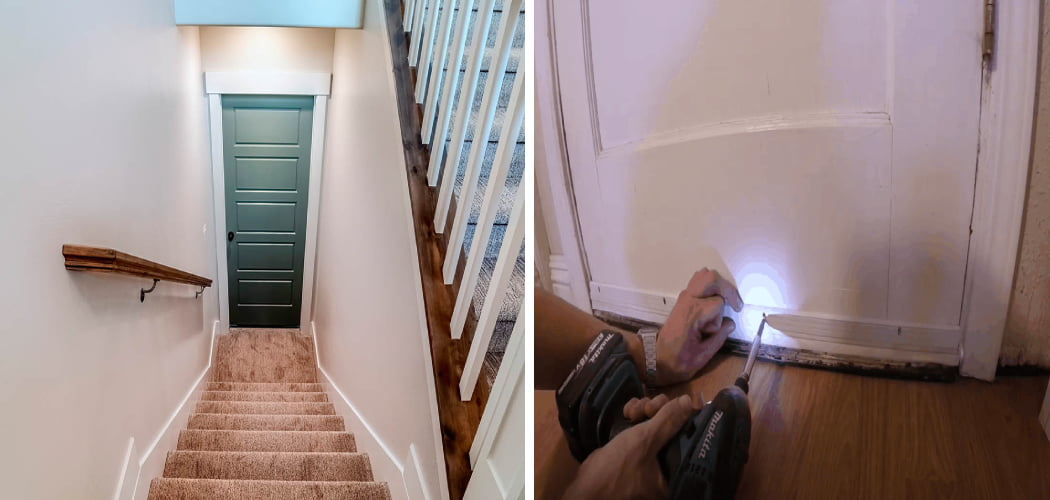One of the most important things you can do to prepare for a cold winter is to insulate your basement door. This will help keep the cold outside and warm inside, prolonging the life of your door and saving you money on heating costs. There are a few easy steps you can take to insulate your basement door. In This article, we will discuss how to insulate a basement door.

Types of Basement Doors:
There are many types of basement doors, but the most common is the walk-out door and the egress window. The walk-out door is a regular door that leads to the outside, while the egress window is a small window that can be opened for escape in case of an emergency. Other types of basement doors include the sliding glass door, the French door, and the garage door.
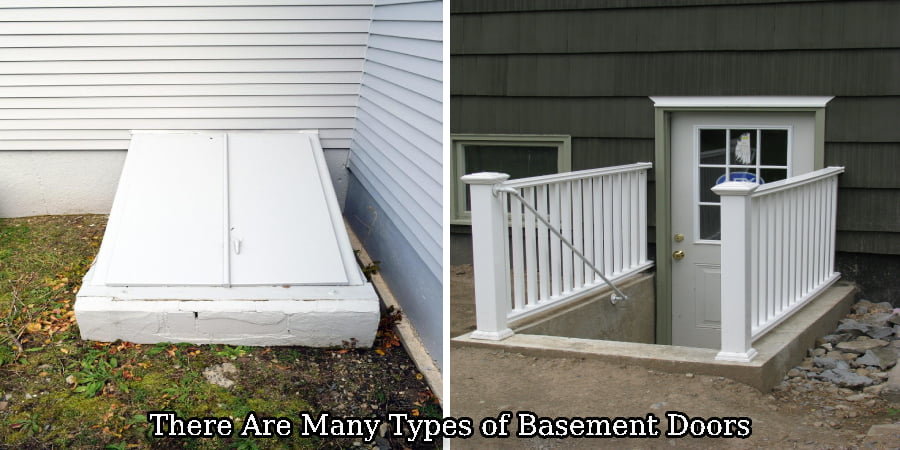
Types of Insulation:
There are many types of insulation, each with its own unique benefits. Some insulations are better at preventing heat loss, while others are better at preventing the entry of air and moisture. In addition, there are different types of insulation for different applications.
Some of the most common types of insulation include fiberglass batting, foam board, and cellulose. Fiberglass batting is a popular choice for attics and walls; it is made of small fibers that trap air and create an insulating barrier. Foam board is often used in ceilings and exterior walls; it is effective at preventing heat loss and moisture infiltration. Cellulose is a good option for unfinished basements and crawl spaces; it is made from recycled materials and can be installed in a variety of ways.
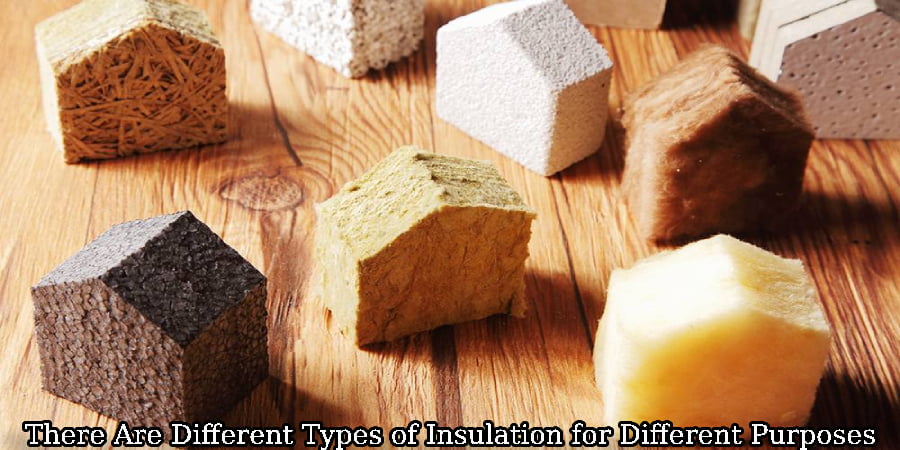
Door Insulation Kit
Door insulation kits can be a great way to improve the energy efficiency of your home. They can help keep your home warm in the winter and cool in the summer. Door insulation kits are easy to install and can be done in just a few hours.
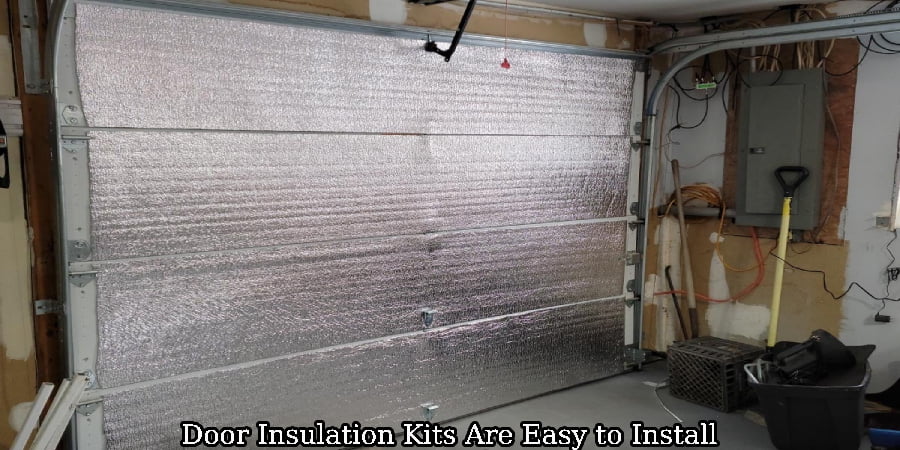
Advantage of the Insulating Basement Door
Basements are often cold and damp, making them less than desirable living spaces. One way to make your basement more comfortable is to insulate the door leading down to it. Insulating the door will keep the heat from escaping and the cold air from coming in. This can be done relatively cheaply and easily by installing a door sweep and weather stripping.
The Disadvantage of Insulating the Basement Door
Many people insulate their basement doors, but this might not be the best idea. While it does help keep the heat in during the winter, it can also trap moisture and humidity. This can lead to mold and mildew growth and can even cause structural damage to the door itself.
Preparation
Before insulating a basement door, it is important to take some preparatory steps. First, the existing door should be measured to determine the right size of insulation to purchase. Second, the door should be cleaned, and all surfaces dusted or vacuumed to remove any dirt or debris that could impede the insulation’s ability to stick. Finally, the door should be lightly sanded if necessary to create a rough surface for the adhesive to grip.
What You’ll Need
There are a few things you will need in order to insulate your basement door. The first is weather stripping, which can be found at most hardware stores. You will also need some type of insulation, such as fiberglass batting or foam board. Finally, you will need to seal the seams around the door with caulk or sealant.
How to Insulate a Basement Door
Basements can be cold and drafty in the winter, and one way to help keep the heat in is to insulate the door. This can be done relatively easily and inexpensively using materials you may already have around the house. In This article, we will discuss how to insulate a basement door.
The first step is to cut a 6-inch hole in the door. The hole should be large enough to accommodate one layer of closed-cell foam insulation. This can be purchased from your local home improvement store or hardware store. The foam insulation needs to be cut into small blocks of approximately 2-by-3 inches and then stacked on top of each other.
The stack should be held in place by a piece or two of wood or a piece of plastic. For more durable and secure door insulation, you can use self-adhesive foam. This is usually sold in rolls that are light brown in color and may be found at your local home improvement store.
Take the rolls of foam and place them around the door frame. Then, tape the edge of each roll to the door frame. In addition to keeping heat out, this will also prevent drafts from occurring in your home’s interior.
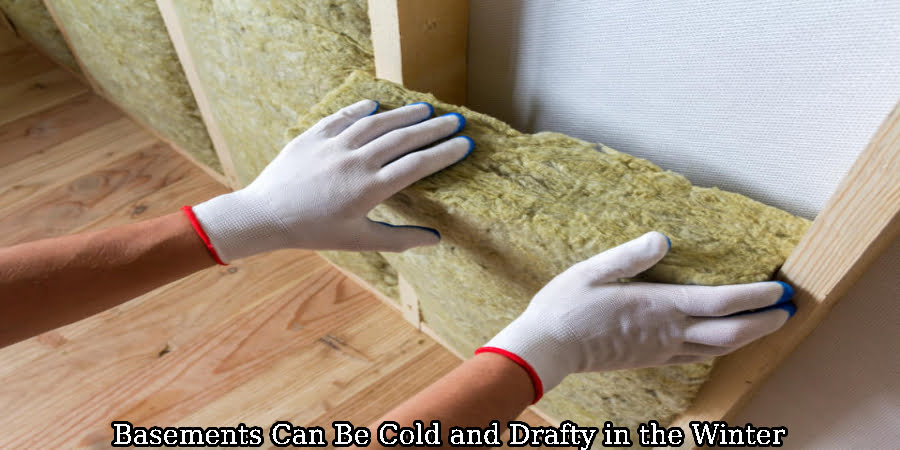
Tips and Tricks
A basement door is a common entryway that can lose a lot of heat in the winter. In this article, we will give some tips and tricks on how to insulate a basement door. One way to insulate a basement door is to install an insulation kit. This kit usually comes with weather stripping, insulation, and a trim kit.
The weatherstripping will help keep out the cold air, the insulation will help keep in the heat, and the trim kit will help seal the edges of the door. You can also install foam insulation around the doorframe. This insulation is sticky and will stick to the frame of the door. Another option is to install a storm door over your existing door. A storm door will add an extra layer of protection against the cold air and snow.
Precautions
Basements are often used as storage spaces, but they can also be used as living spaces. If you are using your basement as a living space, you will need to insulate the door to keep the warmth in and the cold out. Here are some precautions you should take when insulating a basement door:
- Make sure that your basement is properly insulated before you start working on the door.
- Measure the thickness of your door and purchase insulation that is at least that thick.
- Cut the insulation to fit the dimensions of your door and attach it with duct tape or staples.
- Make sure that the insulation is sealed tightly against the door so that no air can escape.
- Check for any gaps around the edges of the insulation and seal them with duct tape or caulk.

Conclusion
In conclusion, adding insulation to a basement door is a quick, easy way to improve the comfort and energy efficiency of your home. It can also help to reduce noise from outside and keep your home warm in the winter and cool in the summer. If you are considering adding insulation to your basement door, be sure to consult with a professional to find the best solution for your needs.
Frequently Asked Questions
Bulkhead Door Insulation
There are a few ways to insulate a bulkhead door. One way is to install an insulation kit. This kit will include all of the materials needed to insulate the door, such as foam boards and adhesive. The insulation can be installed on the inside or outside of the door, depending on which side is colder. Another way to insulate a bulkhead door is to use weatherstripping.
How Do You Insulate Plywood Doors?
Insulating a plywood door is a process that involves adding a layer of insulation between the plywood and the door frame. This helps to prevent heat loss or gain through the door and can help to improve the energy efficiency of your home. There are a few different ways to insulate a plywood door, but the most common is to use foam board insulation. This type of insulation is easy to install and can be bought at most hardware stores.
Cheap Way to Insulate Basement
There are many ways to insulate a basement, but one of the cheapest and most effective is to use fiberglass insulation. Fiberglass is available at most home improvement stores and can be installed by the average homeowner.
The first step is to determine how much insulation you will need. Measure the width, length, and height of your basement, then calculate the total square footage. Be sure to buy enough insulation to cover the entire area.
The next step is to remove any existing insulation in the basement if there is any. This can usually be done with a screwdriver or a pry bar. Next, roll out the fiberglass insulation and cut it to size using scissors or a utility knife. If you have an unfinished basement, you can install the insulation yourself.
Basement Insulation
Basement and basement windows insulation both are an important part of a home’s energy efficiency. It helps keep the basement warm in the winter and cool in the summer. There are many types of basement insulation, but the most common is fiberglass batting. Batting is installed between the studs in the wall or between the floor joists and the subfloor.
How Do You Insulate an Existing Door?
There are a few ways to insulate an existing door. The way you choose will depend on the door’s construction, materials, and insulation levels. One way to add insulation to a door is to install weatherstripping around the edges of the door. This will create a seal that keeps out cold air and moisture. Another way to insulate a door is to install a door sweep or threshold.
Garage Door Insulation
Garage door insulation is a means of increasing the thermal resistance of a garage door. It is most commonly achieved through the installation of an insulation panel on the interior side of the door. This panel is usually made of foam or fiberglass and helps to keep heat in during the winter and out during the summer. Garage door insulation can also help to reduce noise levels, making the garage a more comfortable space to spend time in.
Garage Door Insulation Kits
Garage door insulation kits are a great way to keep your garage warm in the winter and cool in the summer. They work by installing a layer of insulation between the door and the frame of the garage. This insulation helps to keep the air inside the garage warmer in the winter and cooler in the summer. It also helps to block out noise from the outside.
Other Useful Resources That You May Want to Check Out
How to Install Deck Flashing on Existing Deck
How to Hang a Cabinet With One Stud

